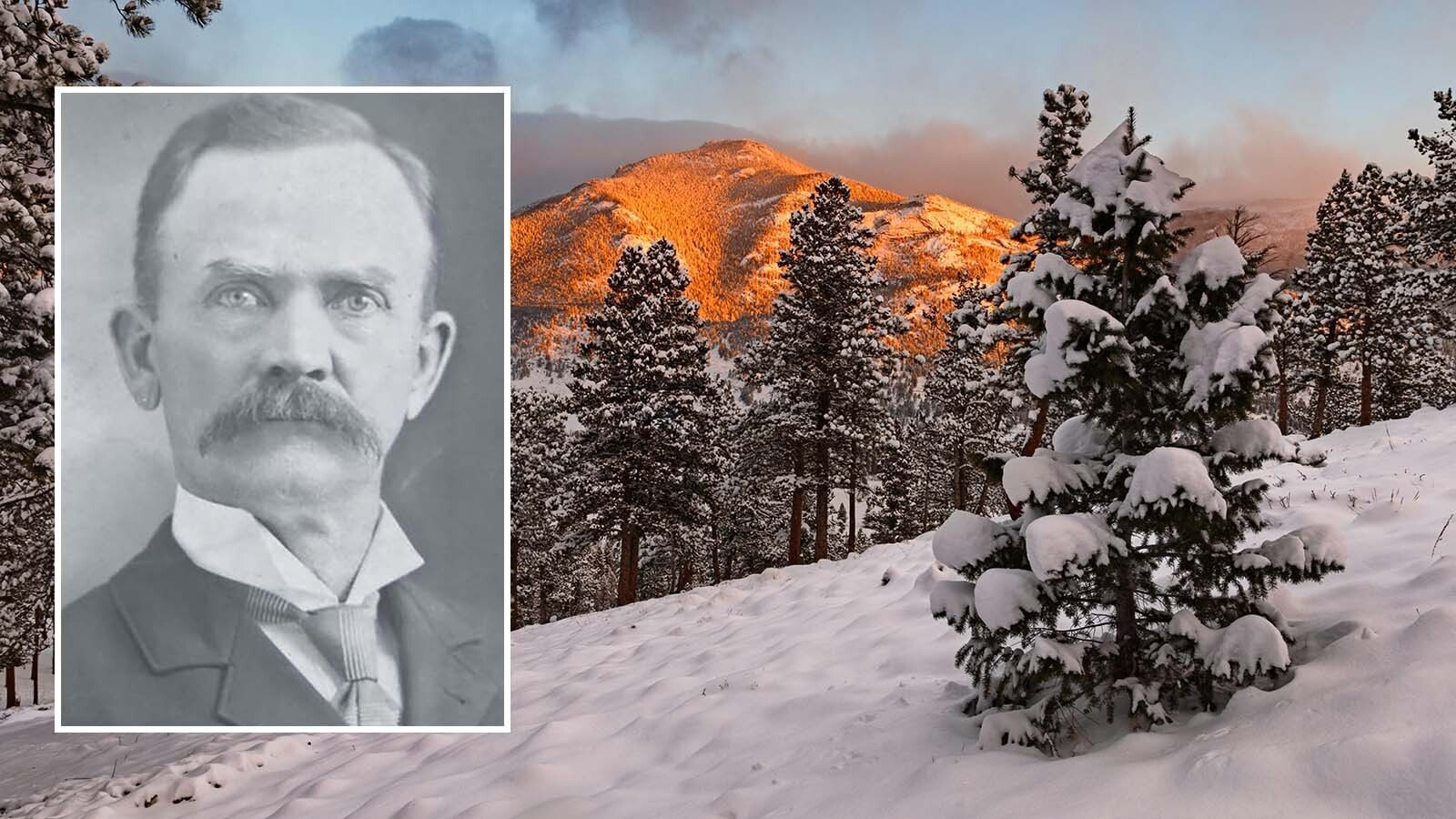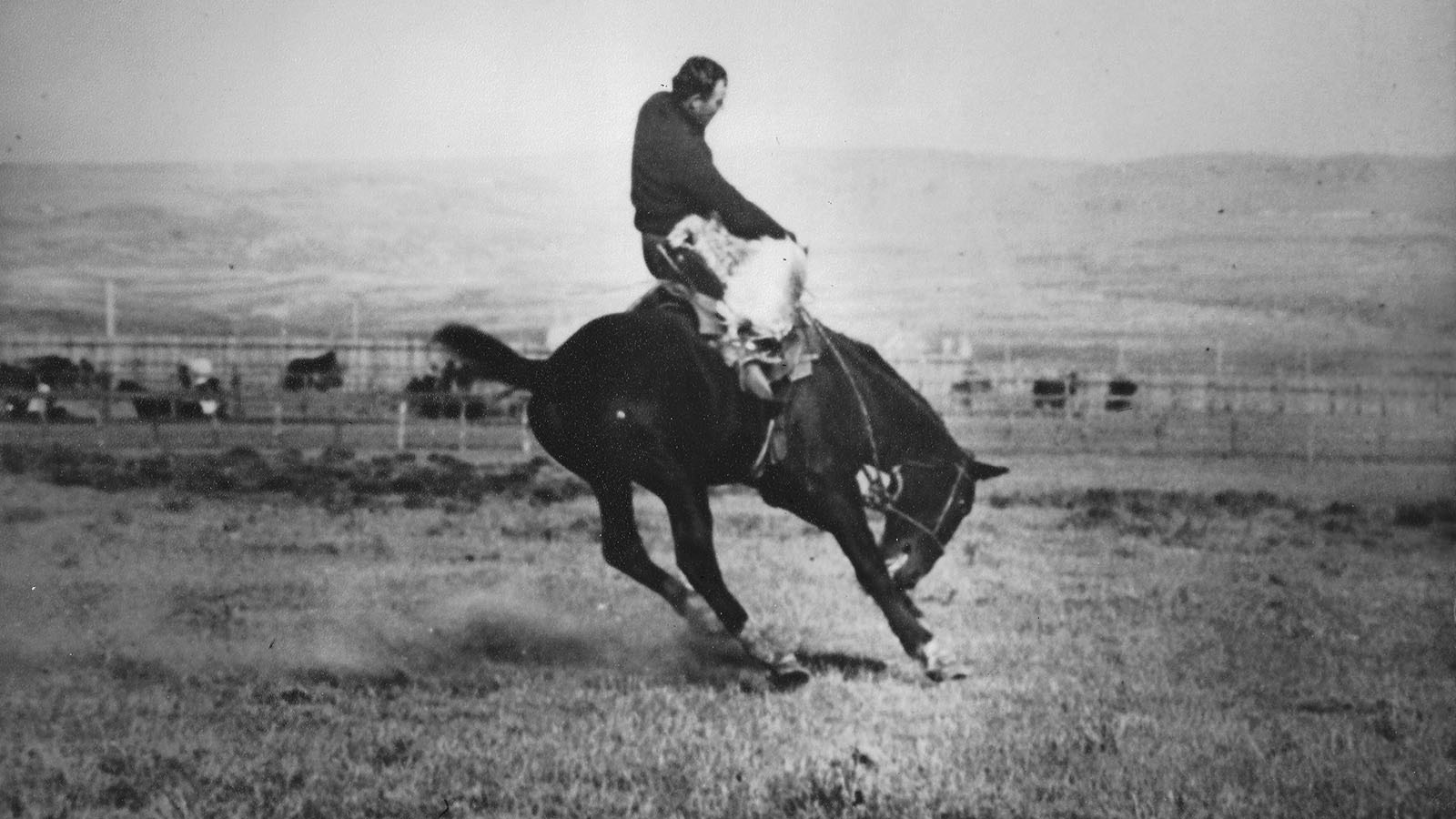The Proceedings of the 43rd Annual Meeting of the Daughters of the Republic of Texas held at Austin, March 15 – 17 1934 contained an exciting announcement, “We have received several interesting and important relics, one of outstanding importance being a beautiful beaded vest that belonged to David Crockett and presented to the Alamo by Mr. and Mrs. Albert Steves.” Albert Steves had served as Pro Tem Mayor of San Antonio in 1913.
The vest’s description identifies it as, “Indian make. Blue and red beads around collar; beaded design of red, green and yellow beads along front; pocket on either side; made of buckskin.”
A typed history in the vest’s file states, “David Crockett’s buckskin vest was given by Dickinson family to the donors.”
This enhances the allure of the garment since a Susannah Dickinson survived the Alamo battle with her infant daughter Angelina, while her husband Almeron died there.
Dickinson left a number of accounts of the Alamo battle in later life. Not one mentions a Davy Crockett vest.
A typed card in the file titled “General Comments Alamo Chapel – Case 2,” states, “REMARKS – It would be interesting to know how the Dickinsons came into possession of the vest.” Indeed!
A handwritten note in pencil on the typed history states, “Etta Dickson (author’s italilcs) Roberts[,] Bartlett, Tx. Crockett left vest with a family at Bartlet (sic), Texas on his way to San Antonio (Sylvia Roberts Harmon provided this story),” indicates there had been some confusion between the Dickinson and Dickson families.
A letter of May 26, 1994, from Wallace Saage, curator of The Alamo from February 1988 to March 1996, to Mr. and Mrs. Albert Steves asks, “I have also discovered that there is no information in my files as to the history of the vest. There is no mention of the ‘Dickinson family giving the vest to the donors.’ Is there any information you can provide? My predicament is, of course, labeling it with no supporting documentation to support it.”
Unfortunately, there is no answer to Saage’s question in the file, only a letter from Albert Steves’ brother Marshall T. Stevens, (sic) Sr. stating, “Albert died in 1969.”
Interesting is the fact that no one attempted to investigate the vest’s authenticity until 60 years after its acquisition.
Notwithstanding, this relic always has been of special interest to visitors of the Alamo as something Crockett wore. Crockett aficionados and reenactors have copied it, and Billy Bob Thornton actually wore one in the 2004 film Alamo attesting to its authenticity!
As early as January 1961 a person who visited the Alamo in 1960 sought to make a copy. The person from Beverly Hills, but whose name remains undecipherable wrote, “Could you tell me where this was made and if not could you give [a] description so I can get one made.”
His inquiry prompted a frosty reply:
“Dear sir,
I am sorry to say that it is not our custom to give out information on authentic relics, such as David Crockett’s vest now on display in the Alamo.
“This vest was given as a gift to the Alamo, and we do not feel that we have the right to give anyone permission to have a duplicate made.
“Mrs. Edwin R. Simmang, Chairman Alamo Committee, DRT”
They Just Winked
Western historian Professor Paul Andrew Hutton wrote in the Western Writers of America’s August 2003 Roundup Magazine:
“I had in fact questioned three different Alamo curators over the years about this particular vest and each of them had simply winked, shaking their heads knowingly over the lack of provenance . . . . [The vest] is a brained-tanned leather vest with stylized flower beadwork that appears to be Sauk or Fox or perhaps even a Potowatomi (sic) motif from the 1830s period. Why a southerner like Crockett would have such a northern woodlands item is curious, and how it came down to posterity when not a single other item of Crockett clothing survived is even more perplexing.”
To this writer’s knowledge no one has ever tested the vest to determine if it could have fit Crockett’s physique, described in various contemporary accounts as: “Tall in stature and large in frame.” (Helen Chapman); “About six feet high – stoutly built.” (The Cincinnati Mirror and Western Gazette of Literature); “About six feet high, weighed about two hundred pounds, had no surplus flesh, broad shouldered, stood erect, was a man of great physical strength.” (John L. Jacobs). It is unlikely that anyone ever will.
Alas, no evidence exists supporting the belief that this garment belonged to Davy Crockett.
William R. Groneman III can be reached at wgroneman@yahoo.com





